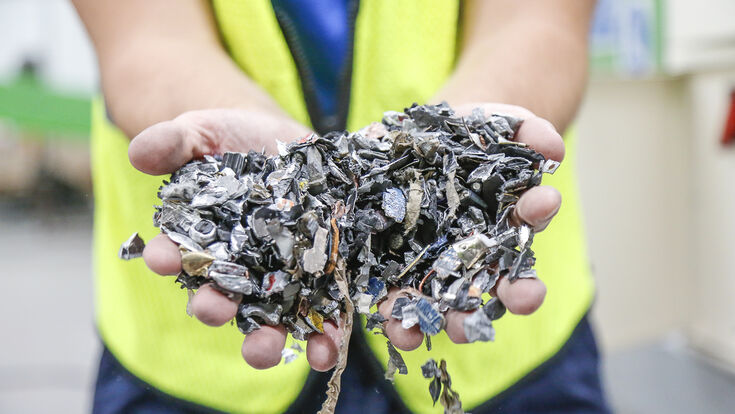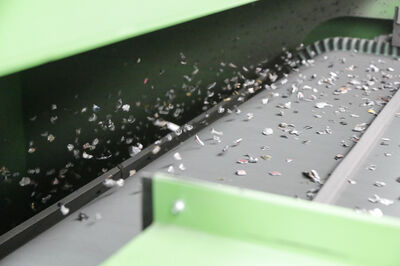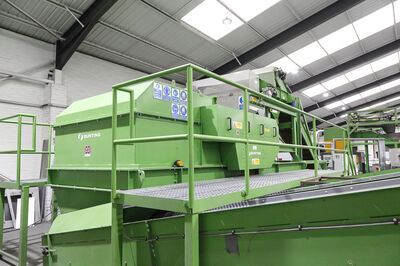E-Waste : Metal Separation at E-Waste World Conference 2024

Shredded e-waste
- © Paul Fears PhotographyAccording to the United Nations Institute for Training and Research (UNITAR) global production of e-waste rose to 62 million tonnes (Mt) in 2022, up 82% from 2010. It is estimated that e-waste will increase to 82 million tonnes by 2030. Currently, e-waste recycling meets only 1% of the demand for rare earth elements.
The recovery of the valuable metals contained in e-waste is a challenging process that involves liberation, sizing and separation. Bunting separation equipment recovers ferrous and non-ferrous metals at various stages of the e-waste recycling process.
High-intensity magnetic separators, including the Stainless Steel Magnetic Separator, recover small and weakly magnetic metals, including fragmented stainless steel. The remaining non-magnetic fraction passes through an eddy current separator to recover non-ferrous metals such as aluminium and zinc. The concentric and eccentric magnetic rotor designs of the Eddy Current Separator enable the recovery of non-ferrous metals down to 3mm in size.
One of the final processes uses an Electrostatic Separator to recover finer metallic particles. Separation occurs by induced an electrostatic charge into a conductive dry-liberated particle.

The position of a metal separator within an e-waste recycling process depends on the flowsheet, the feed material and the separation objective. Bunting's application engineers work closely with e-waste recyclers to understand their process and recommend the optimum separator solution.
E-waste recyclers also use Bunting's test facility at the Customer Experience Centre in the UK to evaluate metal separation capabilities, processing materials on a wide range of equipment.
“There is a drive to increase e-waste recycling which is only possible if there are recognised processes and equipment,” said Bradley Greenwood, Bunting’s European Sales Manager. “The E-Waste World Conference and Expo provides the ideal opportunity to discuss the challenges facing e-waste recyclers and identify separation technology to enable valuable metal recovery.”

